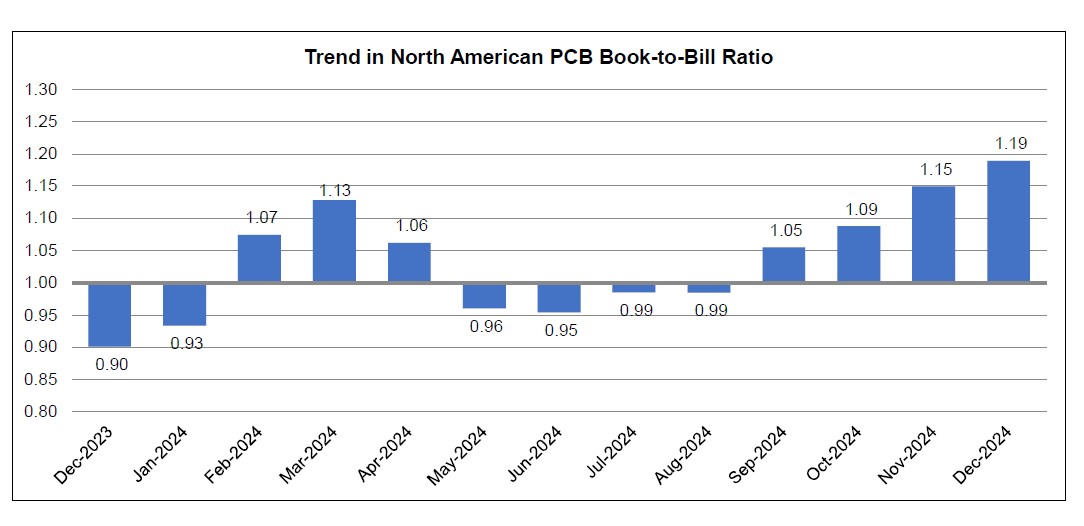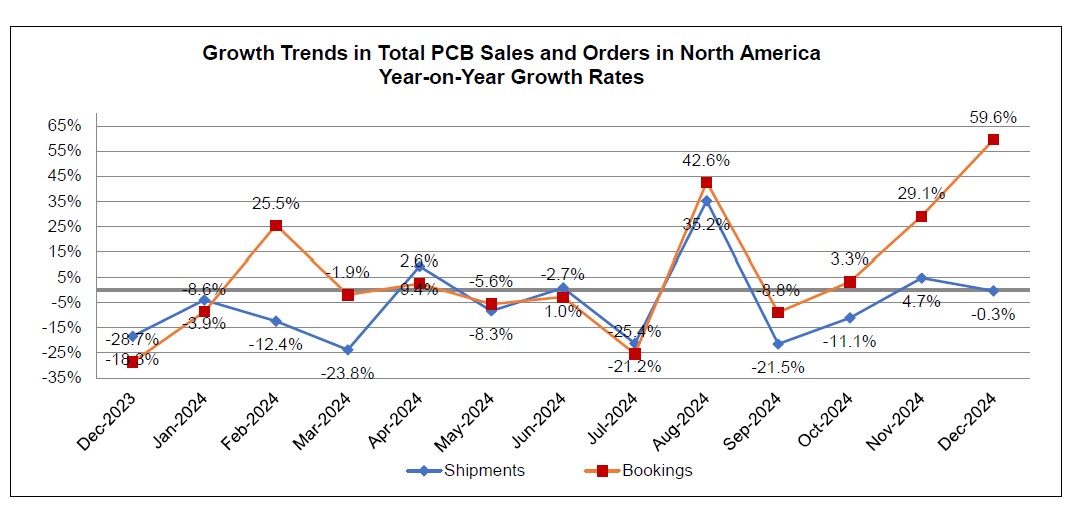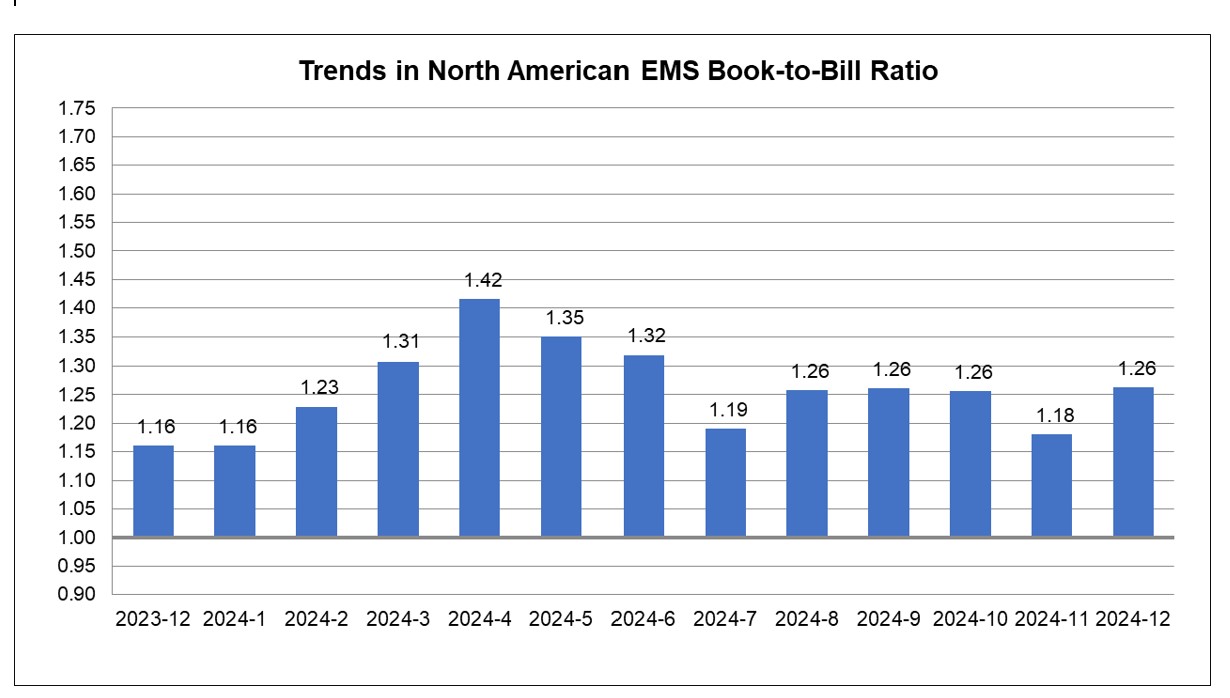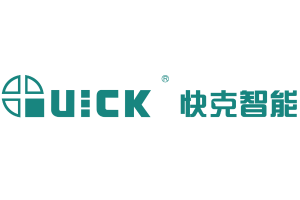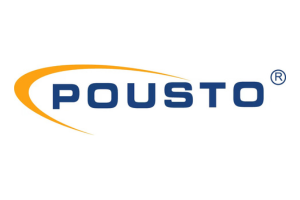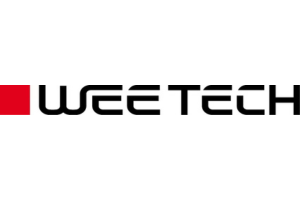IPC Driving Electronics Policy and Growth in South Asia
By Arpita Das, Deputy Manager, Events and Communication, IPC India
IPC is making waves across South Asia, strengthening its government relations efforts to support the region’s rapidly evolving electronics and manufacturing industries. From India’s ambitious policy shifts to Malaysia’s expanding semiconductor sector and the UAE’s push for localized production, IPC is working closely with key stakeholders to ensure that manufacturers have the resources and policies they need to thrive in an increasingly competitive landscape.
IPC in India
India’s electronics manufacturing sector is set for a major leap in 2025, driven by bold policy shifts and strategic investments. On February 1, 2025, Finance Minister Nirmala Sitharaman announced the removal of import duties on PCBs, camera module parts, and USB cables, providing a significant boost to global players like Apple and Xiaomi.
To further accelerate local production, the government is rolling out a $2.86 billion Production-Linked Incentive (PLI) scheme, expected to attract $4.576 billion USD in investments. NITI Aayog, a government agency and public policy think tank in India, has set an ambitious goal of reaching $500 billion in electronics manufacturing by 2030, generating 6 million new jobs and reinforcing India’s position as a global electronics hub.
In the 2025 Union Budget, the Indian government is doubling down on skills development to support this growing industry. A key highlight is the establishment of five National Centres of Excellence dedicated to advanced manufacturing, upskilling the workforce under the “Make for India, Make for the World” initiative. Additionally, $57.2 million has been allocated to a Centre of Excellence in Artificial Intelligence for Education, fostering innovation and research in AI.
The budget also supports the expansion of Global Capability Centers (GCCs) in Tier-2 cities, aiming to bridge the talent gap between urban and rural areas. These efforts demonstrate the government’s commitment to equipping the workforce with the expertise needed to drive India’s electronics manufacturing into a new era.
IPC in Southeast Asia (SEA)
Meanwhile, IPC is making significant strides in Malaysia’s electronics and semiconductor industry, engaging closely with key government agencies and institutions to enhance product quality and workforce skills. Between January 13 and 24, IPC’s Executive Director (SEA) and newly appointed Country Manager, Dr. Ranee Ramya, met with multiple government bodies to promote IPC’s educational initiatives to help manufacturers improve their export capabilities.
In 2024, IPC reinforced its commitment to skills development in the country by signing Memorandums of Understanding (MoUs) with the Penang Skills Development Center and the Selangor Human Resource Development Center. Additionally, the Malaysian Trade Promotion Agency will support local SMEs in participating in the IPC APEX 2025 show in the USA, providing them with global exposure.
To further strengthen the semiconductor advanced packaging industry, IPC has launched new industry guidelines and specialized training programs. These initiatives include Validation Services to enhance global competitiveness, alongside technical sessions and networking events fostering collaboration between government, industry, and academia.
IPC in MEA
The Middle East’s wire harness market is gaining momentum, driven by surging demand in the automotive and industrial sectors. As regional economies push for diversification beyond energy, investment in local manufacturing is becoming a top priority, fueling the growing need for wire harnesses.
With shifting geopolitical dynamics, defense-related manufacturing is also expanding, with countries prioritizing domestic production of critical components. The UAE’s “Make in UAE” initiative is at the forefront of this movement, further driving demand for wire harnesses in defense, automotive, and industrial applications.
Between January 27 and 31, IPC’s Executive Director and Head of International Relations (MEA) visited Abu Dhabi and Dubai, engaging with key stakeholders to promote IPC’s cable and wire harness programs covering certification, skill development, competitions, and exhibitions. IPC is also strengthening collaborations with government agencies and trade associations, ensuring industry growth aligns with global best practices.
Do you have any questions or suggestions on IPC’s activities in South Asia? Contact Gaurab Majumdar, IPC India, Southeast Asia & MEA Executive Director.



